Plant of the Month: September 2020
|
| Variegated Birdcatcher-Tree |
| Pisonia Brunoniana Endl. 'Variegata' |
| = Ceodes Brunoniana (Endl.) Skottsb. 'Variegata' |
| = Heimerliodendron Brunonianum (Endl.) Skottsb. 'Variegatum' |
| = Pisonia grandis R. Br. 'Tricolor' |
NYCTAGINACEÆ; Four O’Clock Family
|
| A houseplant that I acquired in 2010, is blooming now for only its second time, thereby warranting this month's account and pictures. |
| The genus Pisonia was named in 1703 for the Dutch physician and pharmacist Willem Piso, ca. 1611 - 1678. They are evergreen soft-wooded trees, shrubs and vines of tropics & subtropics --mostly. One can view the genus broadly, and lump into it Pisonia, Ceodes and Pisoniella --or split it into 1 Pisoniella, 20 Ceodes, and 25 Pisonia. The distinctions being mainly inconspicuous gland details, plus DNA variants, lumping is used in this article (subgeneric recognition should be available for those who prefer precision). The leaves are opposite, alternate or whorled loosely; untoothed mostly; dull mostly. Flowers are small, in clusters, sometimes fragrant. Fruits are slender, often sticky seedpods that in some spp. catch insects, small lizards, and birds. People have hung the sticky clusters as fly-catchers. At least 2 Pisonia species have been grown as houseplants rarely. One, a beautiful but slow grower, is my present subject. |
| Known since the 1950s in New Zealand, Variegated Birdcatcher Tree is the least rare Pisonia grown inside. Leaves are pink when young, then variegated beautifully dark green, light green, and cream; to 8 inches by 4.25 inches (to 16 inches by 8 inches if grown outside). My houseplant bloomed only twice in 10 years! Its flowers are not showy, being small and pale pink or creamy, but are fragrant, making glandular sticky, narrow capsules three-fourths to an inch long, first green, ripening purplish-black. In frost-free regions, this plant makes a beautiful outdoor shrub 10 - 15 feet tall. It is easy and pretty as a houseplant, but grows slowly, is thirsty, and its sticky ripe "bird-catching" fruits are a nuisance. |
| Interestingly, most Pisonia are tropical, but Pisonia Brunoniana is subtropical & warm-temperate --except in Hawai'i. Its main region is SE Australia, Kermadec Is., New Zealand, Norfolk and Lord Howe Is. It can grow over 50' tall. |
I shall part with my Birdcatcher Tree to make room for another plant. I may plant it outdoors after winter, to see how it performs.
Back
|
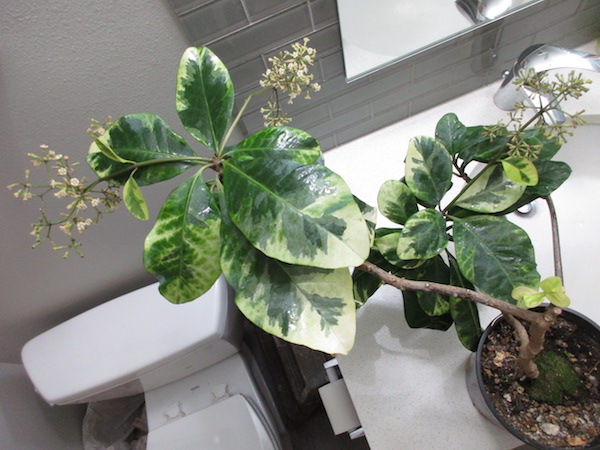
Pisonia Brunoniana 'Variegata' houseplant; photo by ALJ
|
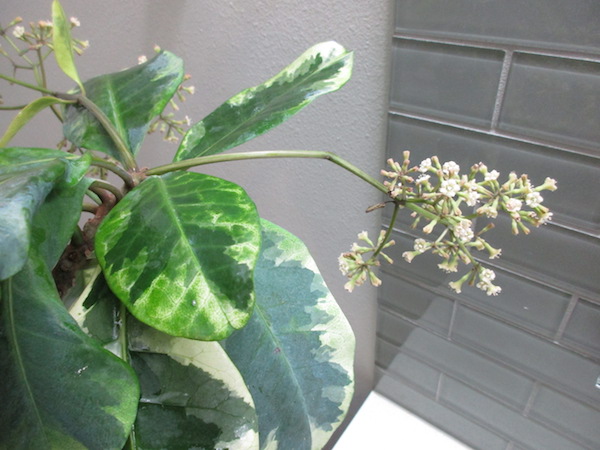
Pisonia Brunoniana 'Variegata'; photo by ALJ
|
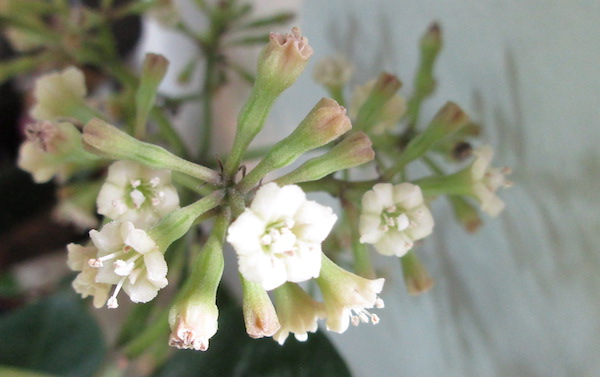
Pisonia Brunoniana 'Variegata'; photo by ALJ
|
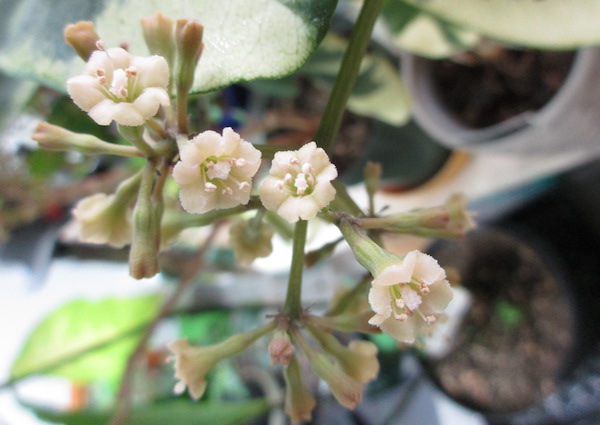
Pisonia Brunoniana 'Variegata'; photo by ALJ
|
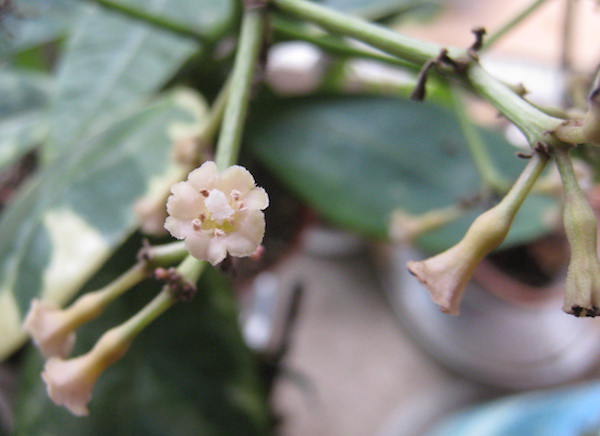
Pisonia Brunoniana 'Variegata'; photo by ALJ
|
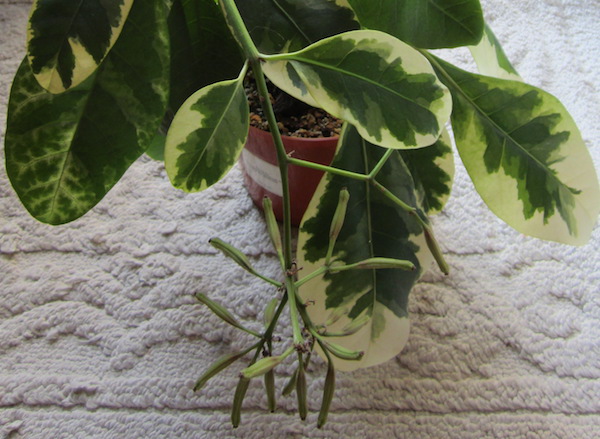
Pisonia Brunoniana 'Variegata' unripe fruits; photo by ALJ
|
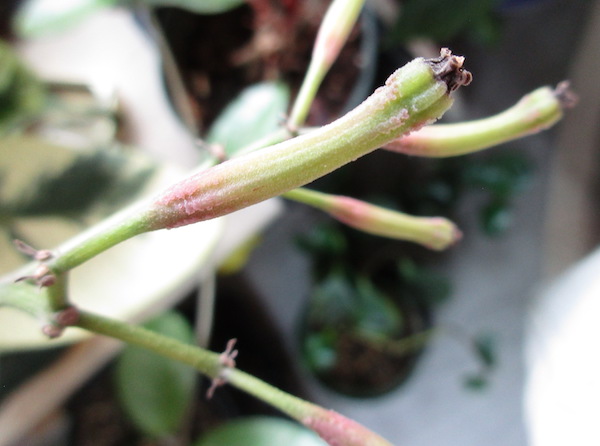
Pisonia Brunoniana 'Variegata' unripe fruits; photo by ALJ
|
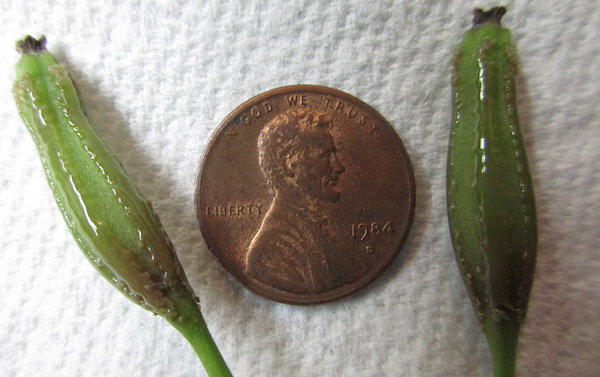
Pisonia Brunoniana 'Variegata' sticky ripe fruits; photo by ALJ
|
|
|

